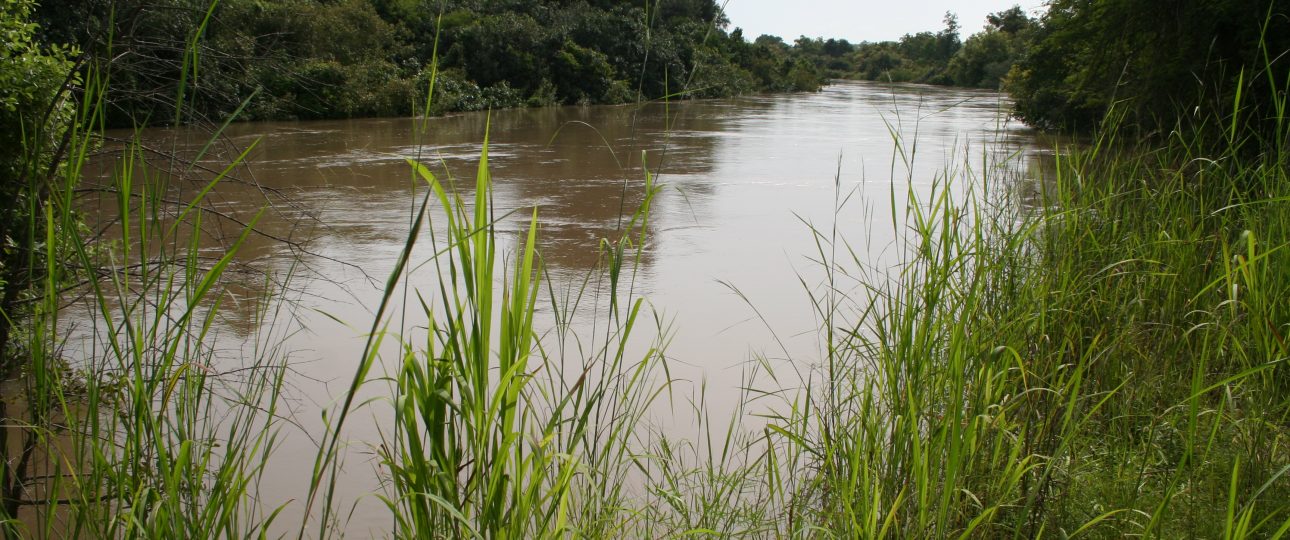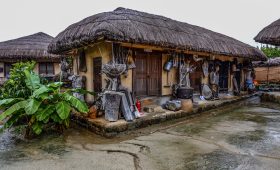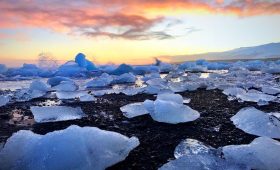Exploring Parc National du W: A Unique Transborder Experience
Location and Background
Parc National du W is a remarkable transborder park that spans the territories of Niger, Benin, and Burkina Faso. Covering approximately 10,000 square kilometers, this park is named after the W-shaped bend of the Niger River that flows through its diverse landscapes. Established in 1954 and recognized as a UNESCO World Heritage Site in 1996, the park is a crucial part of a larger network of reserves and protected areas, including the Dallol Bosso Wetlands in Niger.
Wildlife and Biodiversity
The park is a sanctuary for a variety of large mammals such as elephants, lions, cheetahs, and buffalo. While the rare West African Giraffe is not found here, the park is home to some of the last African Elephants in West Africa. Bird enthusiasts will find over 350 species, especially during the autumn migration. The park’s diverse ecosystems make it a prime location for observing wildlife in their natural habitats.
Conservation Efforts
Conservation is a priority at Parc National du W. The park’s management collaborates with local communities and international organizations to implement anti-poaching measures and habitat preservation strategies. These efforts are vital for the protection of endangered species and the maintenance of the park’s ecological balance.
Best Time to Visit
The park is accessible year-round, but the dry season from February to late May is ideal for wildlife viewing. During this period, animals congregate around watering holes, and the sparse vegetation makes sightings more frequent. However, temperatures can soar up to 36°C, so visitors should prepare accordingly. The cooler months from November to February offer pleasant evenings, though wildlife may be less visible due to denser vegetation.
How to Get There
The closest international airport is in Niamey, Niger, approximately two hours from the park’s main entrance at Tapoa Gate. Direct flights to Niamey are available from Europe, North Africa, and major African cities. From Benin, the park is a day’s drive north from Cotonou, while the Burkina Faso entrance is about five hours from Ouagadougou.
Local Transportation
Exploring the park is best done through guided tours. Four-wheel-drive vehicles with open roofs are commonly used for safaris, allowing visitors to access remote areas and observe wildlife. Guided treks and boat safaris on the Niger or Mekrou Rivers offer unique perspectives and opportunities to see hippos, crocodiles, and various bird species. It’s advisable to book these tours in advance, especially during peak seasons.
Accommodation
Accommodation options within the park range from rustic campsites to eco-lodges. These facilities provide a comfortable base for exploring the park’s natural wonders. Due to the park’s remote location, it’s recommended to secure your lodging ahead of time, particularly during the busy travel months.
Safety Considerations
Travelers should be aware of the ongoing civil unrest in Niger and eastern Burkina Faso. It’s crucial to stay informed about the current security situation and follow travel advisories from reliable sources. While the park offers incredible experiences, safety should always be a priority.




